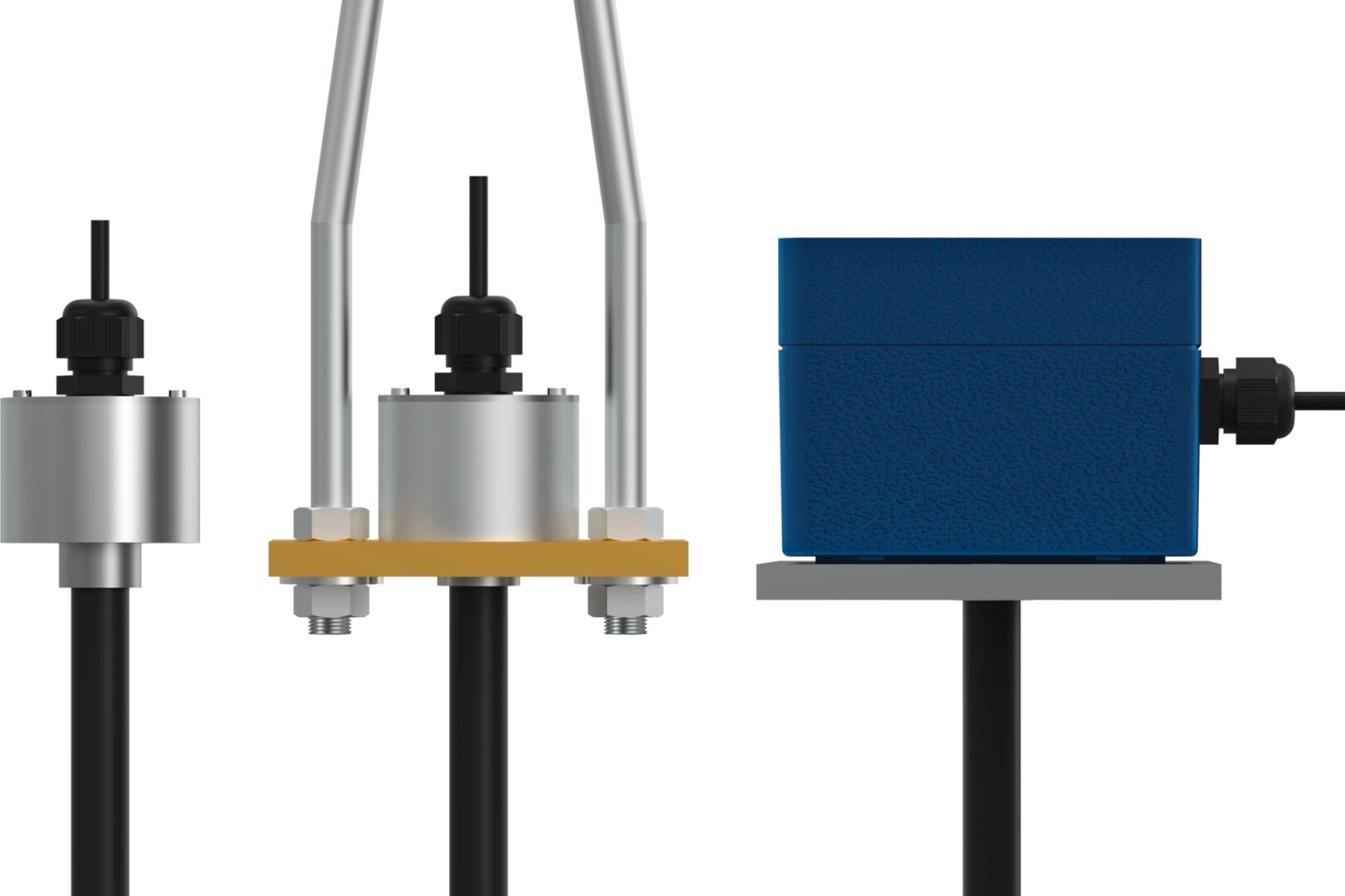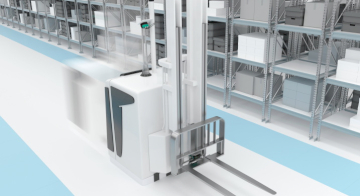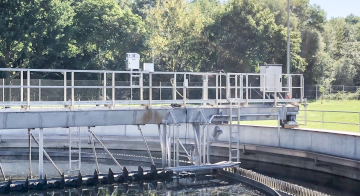Multi-point temperature sensors for grain silos: Ensuring the quality and safety of stored grain
Temperature is one of the most important parameters indicating the condition of grain, so its control in grain silos is crucial. In this blog post, we will discuss how precise temperature measurements can prevent grain degradation, loss of nutritional value and even hazards such as fires or grain dust explosions. We'll also touch on monitoring and documenting the storage process. In addition, we will look at technologies such as ATEX-approved multipoint temperature sensors, advanced temperature transmitters, as well as state-of-the-art recorders and automation systems. You'll learn how these technologies support both energy efficiency and regulatory compliance, as well as how mobile apps and easy setup can simplify silo management. Read on to learn how to improve the safety and quality of stored grain!
The Significance of Temperature Measurements for Grain Quality
Temperature control in grain silos is one of the most important aspects of ensuring the quality and safety of stored grain. Proper regulation of this parameter is crucial both for maintaining the nutritional and functional value of the grain, and for preventing various hazards.
Monitoring the temperature of grain in silos is essential to:
- Preserve grain quality - Grain is a biological product that "breathes" and reacts to environmental conditions. Improper temperature can accelerate metabolic processes in the grain, leading to its degradation and loss of value. Optimal temperature helps to preserve the content of nutrients, preventing chemical reactions that break down these components, hinder germination, and reduce feed value.
- Minimize water loss: Temperature control helps maintain the appropriate level of grain moisture. Too high a temperature can cause excessive drying, which lowers its quality.
- Prevent spoilage and insect infestation - Temperature control limits the invasion of insects in stored grain, reducing their activity and reproduction.
- Minimize the development of mold and contamination with mycotoxins - Excessive temperatures can accelerate the growth of microorganisms (bacteria, mold, fungi) in grain due to its natural moisture content. Temperature control reduces this risk.
- Prevent fire hazards – In extreme cases, improper temperature can lead to grain self-ignition or create conditions conducive to grain dust explosions, posing a serious safety threat.
- Achieve energy efficiency - Optimizing temperature conditions allows for efficient management of energy consumption for ventilation, cooling, or heating, leading to cost reduction.
- Comply with legal requirements – Safety regulations often require monitoring and documenting storage conditions, including temperature.
Temperature control in grain silos, through the use of modern sensors and monitoring systems, allows for precise tracking and regulation of storage conditions. This not only optimizes the quality and durability of t
The temperature of grain stored in a silo is one of the most important parameters indicating its condition

Why is a Grain Silo a Potentially Explosive Environment?
In addition to the presence of combustible materials such as grain, a silo also contains gases and a large amount of grain dust, which is highly flammable and can form explosive mixtures when combined with air. This mixture, under certain conditions, can lead to ignition, and as a result, to a silo explosion. Additionally, various sources of ignition, such as electrical sparks or mechanical friction, can be present in silos. The lack of proper ventilation can increase the risk of accumulation of flammable gases and grain dust, thereby raising the potential explosion hazard. To reduce the risk of explosion, it is necessary to implement appropriate safety measures, such as regular cleaning and maintenance to control dust accumulation, adequate ventilation, effective grounding and equipment connection, proper training of personnel, and adherence to safety guidelines and regulations. It is also important to utilize appropriate technologies, such as temperature sensors and gas detection systems.
To ensure the safety of equipment used in controlling silos, it is crucial that measuring instruments have certifications related to explosion-prone environments. These certifications are key for compliance with safety and employee health protection regulations in explosion-prone areas. Two commonly recognized certifications in this field are ATEX and IECEx:
- ATEX: A product regulation ensuring the safety of equipment intended for use in explosion-prone areas within the European Union.
- IECEx: Globally recognized and based on compliance with standards of the International Electrotechnical Commission (IEC). It facilitates international trade by ensuring that equipment meets required safety standards.
By adhering to these certification systems, manufacturers of measuring instruments can demonstrate their commitment to safety and compliance with essential requirements. This not only protects workers but also promotes international trade by ensuring compatibility and reliability of equipment used in potentially explosive environments.

Multi-point temperature probe dedicated to measurements in silos with approval for explosive zones
Temperature Monitoring Technologies in Grain Silos - ATEX Multi-Point Temperature Sensors
In the era of modern agriculture, advanced temperature monitoring technologies, such as the JUMO multi-point temperature sensor with ATEX approval, are essential. The rope-style multi-point thermometer allows for temperature monitoring of grain at multiple different points within the silo, providing an accurate picture of storage conditions. This is particularly important in large silos, where temperature differences can be significant. The connection housings are made of materials such as aluminum or stainless steel, ensuring an IP6X protection rating. This allows for the replacement of measuring elements even when the silo is full. These sensors use Pt100 or Pt1000 resistors according to DIN EN 60751 standard, ensuring high accuracy and repeatability of measurements. Additionally, it is possible to distribute many measuring points along the sensor's sheath, spaced evenly over lengths of up to 50 meters, allowing for precise temperature monitoring throughout the silo.
As a supplier of advanced measuring technologies, we offer not just precise measurements but also advanced options for data logging and analysis. Our range includes Ex zone converters, such as the dual-channel temperature transmitter with HART®/Ex/SIL protocol dTRANS T07, and modern recorders like the LOGOSCREEN 700, equipped with mathematical and logical functions for activating alarms and systems. Thanks to the JUMO Device App, users can easily access data via smartphone, and USB configuration loading eliminates the need for a laptop. For complex systems, we propose PLC controllers from the variTRON series along with industrial SCADA process management software. This system combines measurement, control, and recording, simplifying the management of the environment in silos and enhancing safety.
Temperature monitoring, along with data visualization and recording, enables the documentation of the storage process in a way that maintains the value of the product and does not negatively impact its properties.



